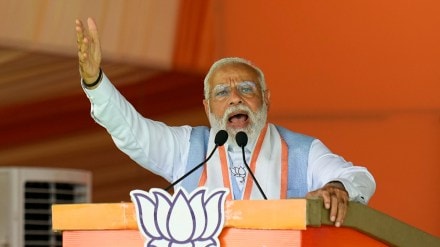Prime Minister Narendra Modi recently said that India’s poverty was at its lowest citing the latest report on household consumption spending across the country, which was released by the National Sample Survey Office on Monday. Addressing an event – “India: Poised for the Next Big Leap” at the News9 Global Summit – PM Modi said that in the last ten years in the office, he has reviewed projects worth Rs 17 lakh crore. So what’s the data PM Modi spoke about and how is it connected to India’s latest poverty level. Here are all you need to know:
- NSSO, which comes under the Ministry of Statistics and Programme Implementation, released the data of the survey on Monday. This consumption pattern survey was last carried out in 2011-12.
- According to the official figures, an individual living in rural India is now spending Rs 3,773 on an average per month on household expenditure. On the other hand, urban India is spending Rs 6,459 per month on household needs.
- The data further said that while rural India is spending as much as 46 per cent of the monthly income on food, urban India is tad behind with 39 per cent expenditure related to food items. The NSSO data shows that for the first time, rural India is spending less than 50 per cent of the monthly income on food.
- The household consumption survey is a crucial exercise that NSSO has been conducting since 1972-73. the survey is conducted every five year. However, the data of 2017-18 were not released by the Centre over what it termed as ‘data quality issues’. However, there were reports that the actual reason behind not releasing the NSSO data was ‘uncomfortable’ decline in the average consumption across the country.
- So where did this poverty down to 5 per cent analysis come from? This got immense traction after NITI Aayog CEO BVR Subrahmanyam said that the consumption pattern shown in the NSSO showed a significant drop in the poverty in India. Subrahmanyam said that he was ‘convinced’ that the survey statistics clearly showed that India’s poverty levels have gone below five per cent. he also said that the expenditure data can help the officials to understand how successful the poverty eradication programmes have been.
